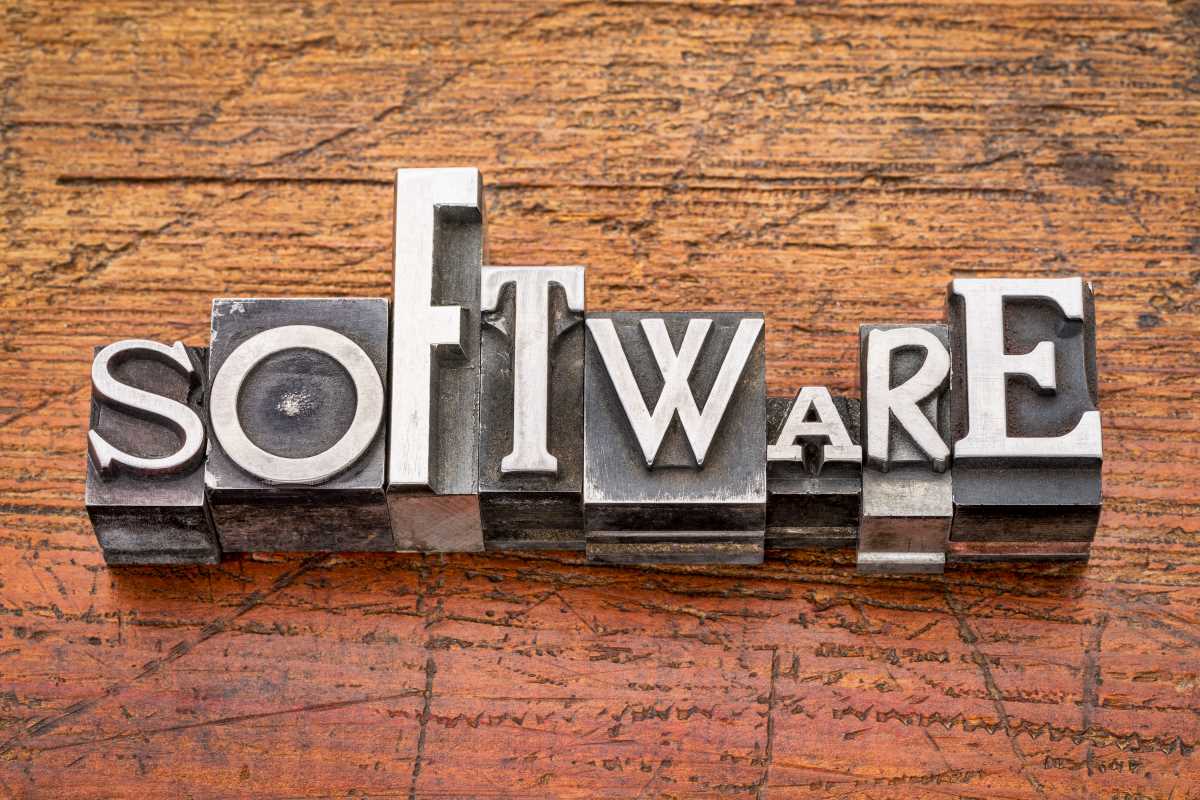For many small business owners, tracking employee time can feel like a necessary evil. It might bring to mind old-fashioned punch clocks or a constant struggle to collect and approve messy, handwritten timesheets. This manual process is not only time-consuming but also prone to errors, leading to payroll headaches and a lack of clear insight into how your team's time is actually being spent. But what if tracking time could be easy, accurate, and even insightful? Modern employee time-tracking software transforms this chore into a powerful business tool.
Key Features to Look for in Time-Tracking Software
The market for time-tracking software is vast, with options ranging from simple clock-in/clock-out apps to complex project management suites. For a small business, the best solution is often one that balances powerful features with ease of use. Here are the key features to look for.
1. Simple Clock-In and Clock-Out
The core function should be effortless for your employees. Look for solutions that offer multiple ways to track time, such as a web-based timer, a mobile app for employees in the field, or even a tablet-based kiosk for a central office location. The easier it is for your team to use, the more accurate your data will be.
2. Mobile Accessibility and GPS Tracking
For businesses with remote employees or teams that work at various job sites (like construction, landscaping, or home services), a robust mobile app is a must-have. Look for apps that allow employees to clock in and out from their phones. Many of these apps also include optional GPS tracking, which can verify that employees are at the correct job site when they clock in, adding an extra layer of accountability.
3. Project and Task Tracking
To get the most value from your software, you need the ability to track time against more than just a person's name. Look for a tool that allows you to set up different projects, clients, or tasks. Employees can then select what they are working on when they start their timer. This feature is what transforms a simple time clock into a powerful business intelligence tool.
4. Automated Reporting
A good time-tracking solution should do the heavy lifting for you. It should automatically generate easy-to-read reports that summarize your data. Look for the ability to create reports on hours worked per employee for payroll, hours spent per project for job costing, and detailed timesheet reports for invoicing. Customizable dashboards that give you a quick visual overview are a huge plus.
5. Seamless Integrations
Your time-tracking software should work well with the other tools you already use. The most important integration is with your payroll software (like QuickBooks Payroll, Gusto, or ADP). A direct integration allows you to sync approved hours directly to your payroll system with a single click, eliminating manual data entry and saving hours of administrative work.
Popular Time-Tracking Solutions for Small Businesses
Here are a few well-regarded time-tracking software solutions that are popular with small businesses, each with slightly different strengths.
QuickBooks Time (Formerly TSheets)
As the name suggests, QuickBooks Time is an excellent choice for businesses that already use QuickBooks for their accounting and payroll. It offers robust features, including a fantastic mobile app with GPS tracking, detailed project tracking, and a physical time clock kiosk option. The seamless integration with the QuickBooks ecosystem makes it one of the most efficient tools for managing payroll and job costing in one place.
Gusto
Gusto is primarily known as a full-service payroll, benefits, and HR platform, but it includes excellent time-tracking features as part of its packages. If you are looking for an all-in-one solution to manage your people operations, Gusto is a top contender. Its time-tracking tools are user-friendly, allowing employees to clock in from the web or a mobile app. Approved hours flow directly into payroll, making the entire process incredibly streamlined.
Clockify
Clockify is a fantastic option for small businesses and freelancers who are on a tight budget. It offers a surprisingly powerful free plan that allows for unlimited users and unlimited projects. You can track time using a timer or enter it manually in a timesheet. While the free version is robust, paid plans unlock more advanced features like automation, invoicing, and more detailed reporting, allowing the tool to grow with your business.
Harvest
Harvest is a favorite among agencies, consultants, and other businesses that bill by the hour. It excels at project-based time tracking and has strong features for invoicing and expense tracking built-in. Harvest makes it easy to turn your tracked time directly into an invoice to send to your client. It also has a massive library of integrations with other project management and accounting tools, making it a flexible and powerful hub for managing client work.
 (Image via
(Image via





